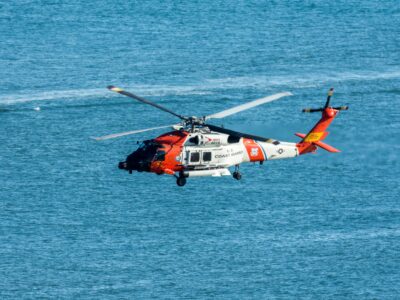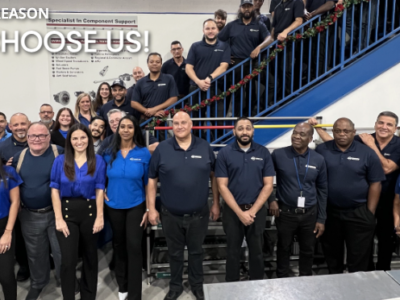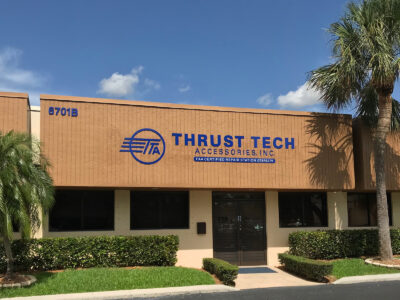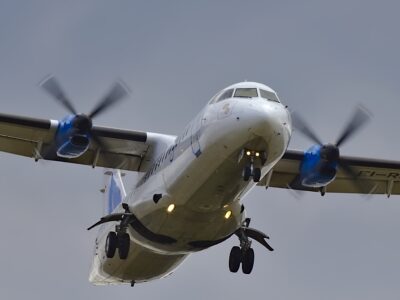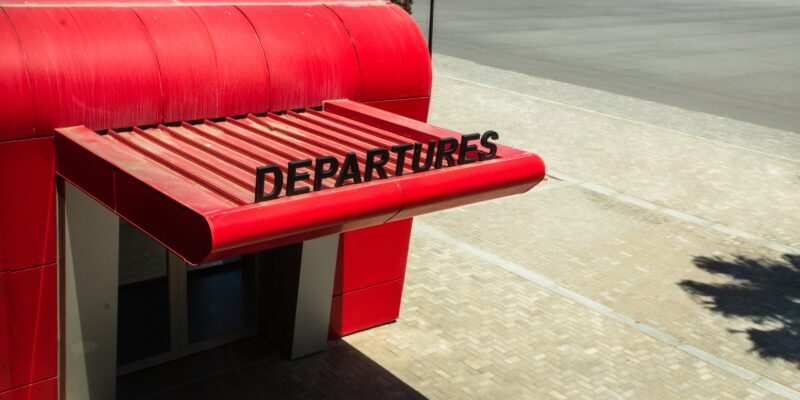
Did you know that 64 percent of U.S. airports receive their commercial airline service from regional airlines? And that 21 U.S. states receive more than half of their service from regional airlines? Both those factoids are “hot off the press” – issued within the Regional Airline Association’s (ARR) 2023 Annual Report.
“Those incredible statistics demonstrate just how critically important the regional airline network is in connecting many small or medium-sized U.S. cities with commercial airline hubs or major metropolitan areas,” says Stanley Kowlessar, president and general manager, Thrust Tech Accessories (TTA), an FAA 145 and EASA Certified repair station provider of MRO services in Fort Lauderdale, FL. “That’s similarly the case across the globe as regional airlines take to the skies daily in providing vital transportation for travelers in Europe, Asia, South America and beyond.
“And as a respected MRO serving both the domestic and international markets, we are happy to be playing a key role in keeping multiple regional operator’s airframes in tip-top shape.”
Regional airlines are defined as full-service carriers that primarily operate domestic and/or international flights up to approximately six hours. Yes, some regional airlines may operate a few longer flights, but generally their core markets are short and medium-haul routes.
The Evolution of Regional Air Service
Certainly, the level of prestige that regional air carriers enjoy today wasn’t always the case, particularly in the early years. But that’s changed to a great extent. “Today’s regional airline industry fleet includes both modern turboprops and larger regional jets, depending on passenger traffic on each route,” explains Kowlessar. “We’ve witnessed first-hand how regional operations have evolved, expanded, and been sizably enhanced over the years – everything from technological improvements to schedule integrity, passenger comfort, fuel efficiency, safety, and airport facilities.”
In 2024, of course, some challenges remain including not enough air traffic controllers at certain airports, supply chain issues, and shortages of qualified pilots. The latter challenge has been exacerbated because some regional pilots have joined mainline air carriers that are expanding. Plus, many Baby Boomer regional and mainline pilots are leaving based on mandatory retirement-age requirements.
In addition, while the U.S. Essential Air Service (EAS) program helps assure minimum air service levels in certain less populous cities, in the post-pandemic era many still have far fewer flights and less competition. In some other cities, airlines have “flown away entirely.” Moving forward, the Regional Airline Association pledges to “remain relentless” in efforts to protect small community air service and advocate for the critical regional airline industry that provides that.
Here are some additional statistics those of us in the industry you may find of interest:
- 35 percent of scheduled passenger departures in the U.S. were operated by regional airlines in 2023.
- There were 63 U.S. regional certified carriers in 2013 and by 2022 that number had risen to 59 regional certified carriers.
- There are 1,701 total RAA member operated aircraft with 1,541 of them being jets (90.6 percent).
- The CRJ 170/175 makes up 47 percent of the entire regional airline fleet in the US.
Keeping the Regional Planes Flying
“The regional airline industry is a vital component of the global air transportation system, and one we’re honored to serve on a day-to-day basis,” says Kowlessar. For example, TTA supplies its regional airline clients with cost-effective hydraulic pumps, pump and motor packages, pneumatic valves, PDUs, stab actuators, and generators, to name a few. From a business efficiency standpoint, he also stresses that TTA can assist carriers by suggesting cost-effective options to keep components from going to the “Beyond Economical Repair” (BER) status.
“The goal is to help our regional airline customers maintain their fleets at a reasonable cost, so give us a call to discuss any potential MRO needs,” Kowlessar says. “Together, we can help ensure both a strong revenue stream for your regional operation and the flight reliability and connectivity your passengers need.”
PHOTO CREDIT: Grant Durr, Unsplash

